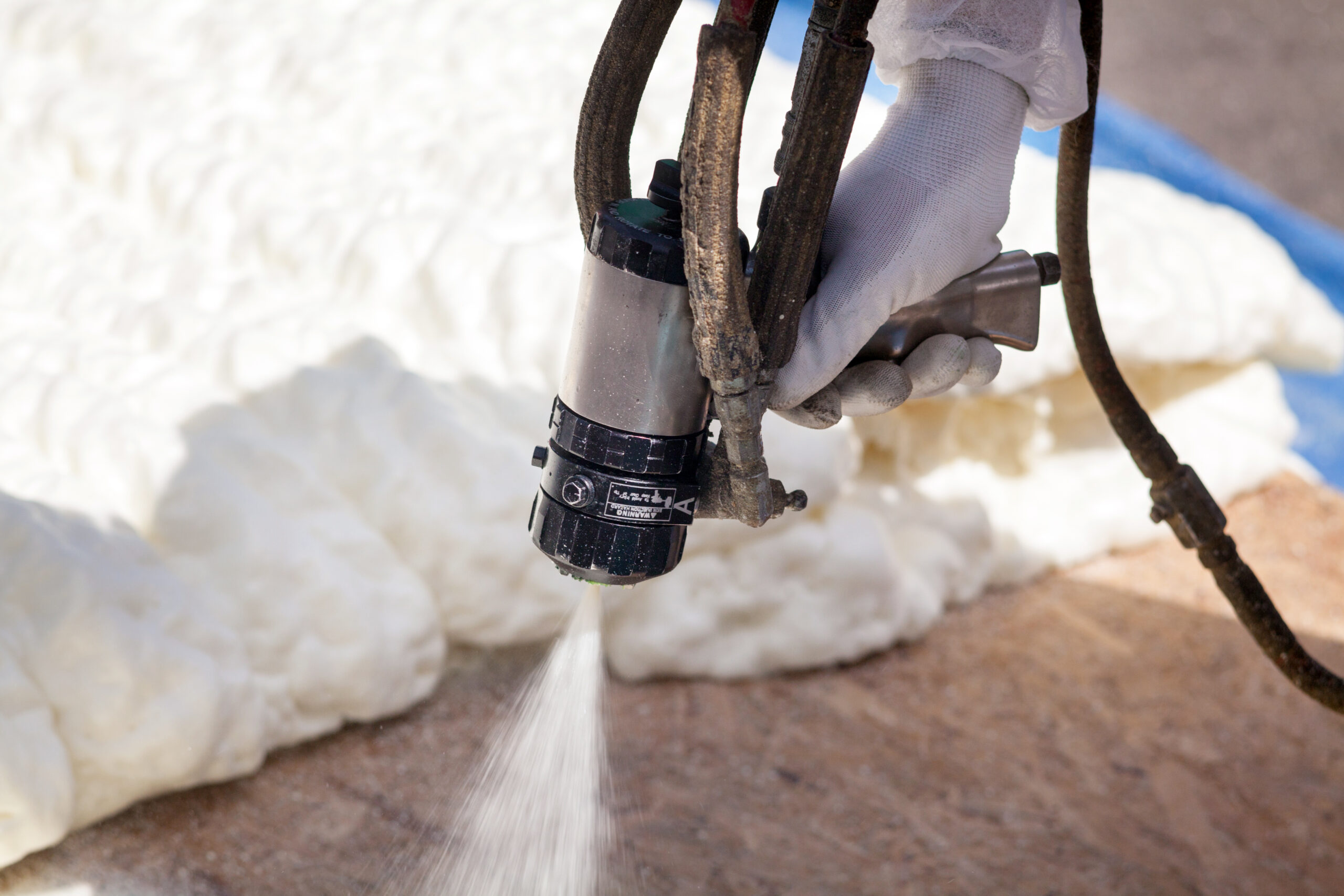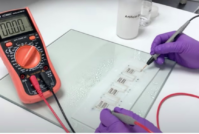look what we did!
Category: Home Builders
Spray Polyurethane Foam Makes Commercial Roofing Easy
Replacing an existing roof can be expensive and time consuming, especially when the goal is to cover tens of thousands of square feet. In order to balance efficiency with affordability, contractors and owners are on the hunt for materials that are faster to install, efficient, cost effective and extremely durable. While finding a product that covers multiple categories may seem impossible, the truth is that Spray Polyurethane Foam, often just called spray foam, checks all those boxes and more.
Spray foam is a roofing material commonly used for commercial, manufacturing, and industrial facilities. When properly installed and maintained, spray foam-based roofs can last for more than 30 years.
Below are a few benefits of using a spray foam roofing system when compared to other roofing materials.
Faster Installation
One of the major benefits of a spray foam roofing system is the professional installation process. If you are on a tight schedule, a spray foam roof can help you save time. Spray foam roofs can be installed by spraying liquid over the existing roof and allowing it to expand. As the foam expands, it naturally forms to the shape of the roof — no matter how many bumps or curves currently exist. Covering even a small area using traditional materials that require precise cutting, such as rubber, could take up to 30 minutes, while using spray foam on that same area could take as little as two minutes.
High R-value
You probably already know that polyurethane is an effective insulator when used in walls and appliances like freezers and water heaters. When applied to a roof, spray foam can reduce the amount of cold air or heat that enters or leaves a building.
R-value is the capacity of an insulating material to resist such heat flow. When materials have a high R-value, they have a higher insulating power and allow less heat or cold air to pass through them. Of the commonly used roofing insulators, spray foam has one the highest R-values, making it popular within the roofing industry.
Durability
Spray foam roofing systems are built to last. With an average lifecycle of more than 30 years, building owners may be more likely to avoid roof repairs often triggered by harsh outdoor elements. Thanks to the resilient properties of polyurethane, when it comes to severe weather conditions such as high winds, snow or rain, spray foam roofs typically experience little damage.
That resiliency is due in part to these roofing systems being “self-flashing.” In other words, when properly installed, the foam forms a seamless barrier and conforms to almost any shape, filling gaps, seams or cracks in the existing roof and making it stronger. Because spray foam can be layered, different levels of thickness can also create a positive slope and help with drainage.
Less Labor Intensive
Although the completion time for a spray foam roofing system can vary, the overall installation process does not require the same amount of labor as traditional roofing. Since the spray can be applied directly over an existing roof, the project requires little to no removal of the original roof. This saves time on transferring used materials to a dumpster and transporting new materials to the site. Because spray foam can be applied quickly, the extra hours of labor required for a traditional roofing system are cut in half with a spray foam system.
Whether planning to repair or fully replace the roof of a commercial building, spray foam provides contractors and owners a reliable and long-lasting option. For a smooth installation, it is important to make yourself aware of any structural issues your building may have, the size of your roof and the amount of material you’ll need. Once you have a better understanding of your project, you can hire experienced personnel who can assist in selecting the right products and provide progress updates.

























